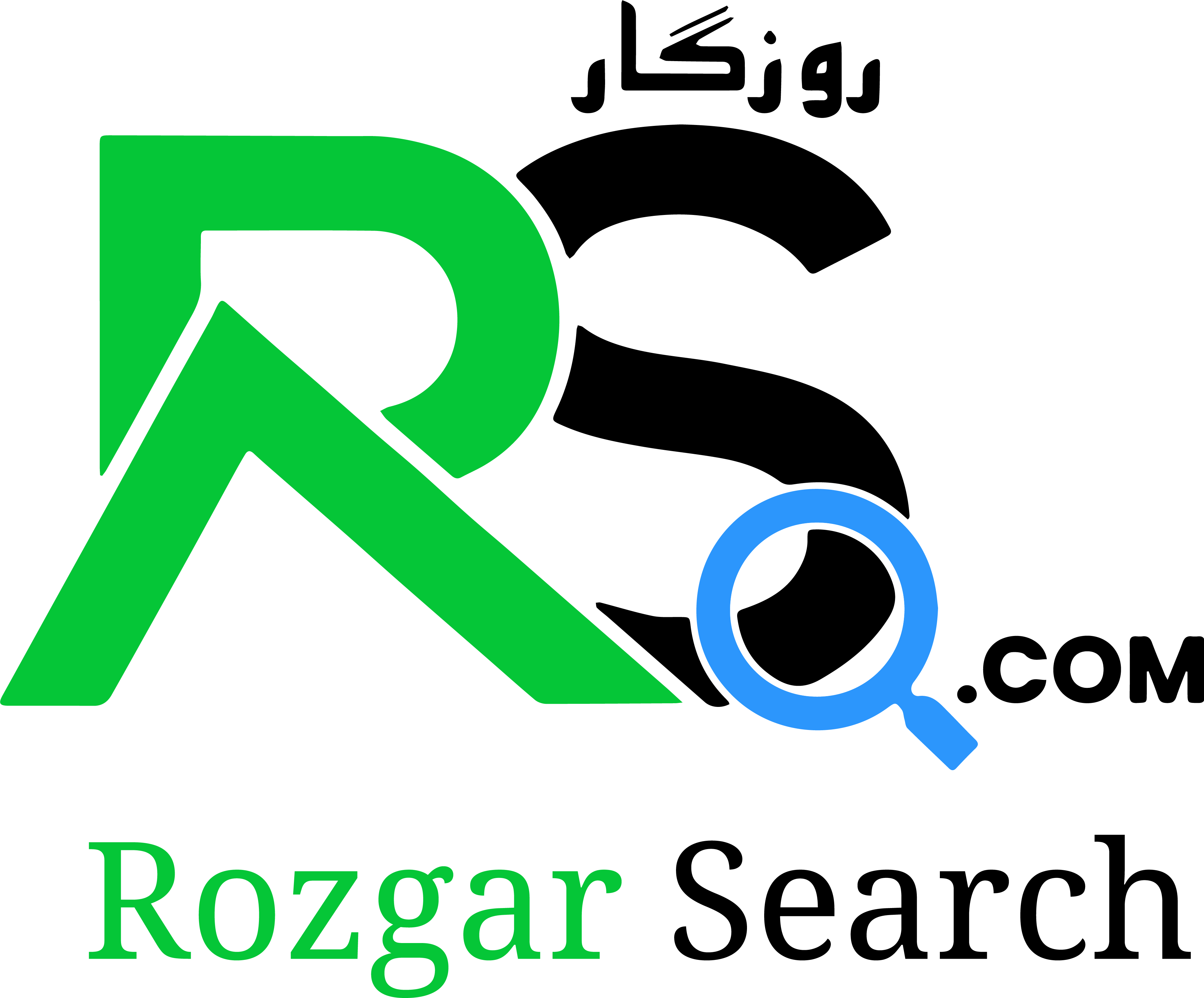What is the most effective interview method?
In the dynamic landscape of recruitment and content creation, the interview process plays a pivotal role.
Whether you’re conducting a one-on-one interview or seeking insights for an article, the art of interviewing is a skill that can be honed to perfection. At Rozgar Search, we understand the significance of effective interviewing techniques in the professional realm. In this comprehensive guide, we’ll delve into the various phases of interviews, different interview types, and the purpose they serve.
Let’s embark on a journey to unravel the secrets behind successful interviews.
Understanding the Phases of Interviews:
Interviews are not merely conversations; they are structured processes designed to extract valuable information.
Breaking down the interview into distinct phases ensures a systematic approach.
Each phase serves a unique purpose, contributing to the overall effectiveness of the interaction.
- Preparation Phase: Before embarking on an interview, adequate preparation is key. Whether you’re a hiring manager or a content creator, understanding the subject matter is crucial. Research the individual or the topic extensively to formulate insightful questions that will yield valuable responses.
- Initiation Phase: The initial moments of an interview set the tone for the entire interaction. Establishing a rapport and creating a comfortable environment is essential. Start with a friendly greeting and a brief introduction to make the interviewee feel at ease.
- Questioning Phase: The heart of any interview lies in the questions posed. Crafting open-ended questions encourages detailed responses, providing a deeper understanding of the interviewee’s perspective. Tailor your questions to the context, whether it’s for a job interview or an article.
- Listening Phase: Effective communication involves active listening. Pay close attention to the interviewee’s responses, and be ready to follow up with probing questions. This phase is crucial for gathering nuanced information and ensuring a meaningful exchange.
- Closing Phase: As the interview draws to a close, allow the interviewee an opportunity to share any additional thoughts or insights. Express gratitude for their time and participation. For job interviews, outline the next steps in the hiring process.
One-on-One Interviews: Unlocking Personal Narratives
One-on-one interviews are an intimate and personalized approach to gather information.
Whether you’re seeking personal anecdotes for an article or evaluating a candidate for a job, this method fosters a deeper connection.
Let’s explore the nuances of conducting a one-on-one interview.
- Building a Connection: In a one-on-one interview, building a connection is paramount. Begin with a warm greeting, and use small talk to establish rapport. This sets the stage for a more open and candid conversation.
- Crafting Personalized Questions: Tailor your questions to the individual’s experiences and background. For article interviews, delve into personal narratives to capture authentic stories. In job interviews, focus on assessing the candidate’s suitability for the role based on their unique strengths.
- Active Engagement: Maintain an engaged and attentive demeanor throughout the interview. Non-verbal cues, such as nodding and maintaining eye contact, convey interest and encourage the interviewee to share more.
Interview and Its Types: A Diverse Landscape
Interviews come in various forms, each serving a specific purpose.
Understanding the different types allows you to choose the most suitable approach for your objectives.
- Structured Interviews: This type follows a predetermined set of questions, ensuring consistency across all candidates. Structured interviews are commonly used in job recruitment to assess candidates based on the same criteria.
- Unstructured Interviews: Unstructured interviews are more conversational and flexible. They allow for a free-flowing exchange of information, making them ideal for gathering personal narratives for articles.
- Behavioral Interviews: Focused on assessing past behavior as an indicator of future performance, behavioral interviews delve into specific situations and actions. This type is effective in predicting how a candidate will handle future challenges.
The Purpose of Interviews: Beyond the Surface
Understanding the overarching purpose of interviews is essential for tailoring your approach.
Whether you’re conducting an interview for an article or evaluating candidates for a job, the fundamental objectives remain consistent.
- Gathering Information: Interviews serve as a powerful tool for collecting valuable information. For articles, this information contributes to authentic storytelling. In job interviews, it helps in assessing a candidate’s qualifications and fit for the role.
- Assessing Skills and Qualities: Job interviews are designed to evaluate a candidate’s skills, qualifications, and suitability for a particular role. Tailor your questions to assess both technical competence and soft skills relevant to the position.
- Building Relationships: One-on-one interviews, especially in article creation, are a means of building connections. Personal narratives and authentic stories create a relatable and engaging narrative for your audience.
Job Techniques: Navigating the Employment Landscape
Job interviews are a critical component of the hiring process.
Employing effective techniques ensures a thorough evaluation of candidates, leading to successful hires.
Here are key techniques to master:
- Competency-Based Questions: Craft questions that assess specific competencies required for the job. This technique provides insights into how candidates have applied their skills in previous roles.
- Situational Questions: Present hypothetical scenarios to gauge how candidates would approach challenges. This technique helps assess problem-solving skills and the ability to handle real-world situations.
- Cultural Fit Assessment: Beyond skills and qualifications, assess candidates for cultural fit within the organization. Ask questions that reveal their values, work style, and alignment with the company culture.

Conclusion:
Mastering the art of interviews is a continuous process that evolves with experience and adaptability. Whether you’re conducting one-on-one interviews for articles or assessing candidates for employment, the key lies in meticulous preparation, effective questioning, and active listening.
At Rozgar Search, we recognize the transformative impact of interviews on careers and content creation.
By implementing the insights from this guide, you can enhance your interviewing skills and achieve success in your professional endeavors.


